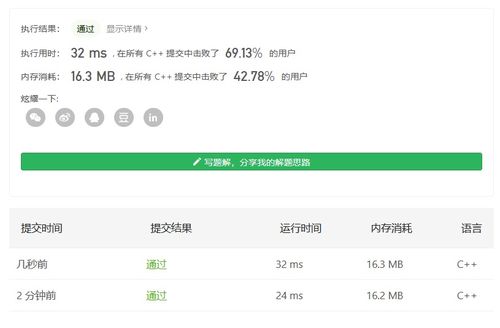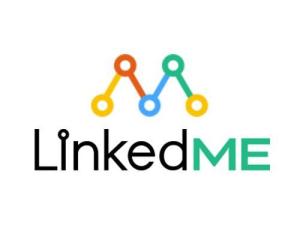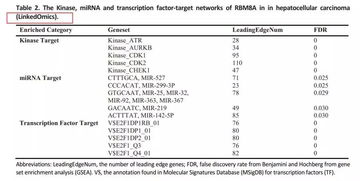
Understanding Linked Open Data (LOD)

Have you ever wondered what Linked Open Data (LOD) is and how it differs from traditional data sources? LOD is a powerful concept that has gained significant attention in the realm of data management and information retrieval. In this article, we will delve into the intricacies of LOD, exploring its definition, advantages, and applications.
What is Linked Open Data (LOD)?

LOD is a method of publishing structured data on the web, making it easily accessible and interlinked. It is based on the principles of Linked Data, which was introduced by Tim Berners-Lee, the inventor of the World Wide Web. The core idea behind LOD is to create a web of data that is interconnected, allowing users to discover and integrate information from various sources.
Key Principles of LOD

There are several key principles that define LOD:
-
Use of URIs: LOD utilizes Uniform Resource Identifiers (URIs) to uniquely identify resources, such as web pages, datasets, and entities.
-
Use of RDF: Resource Description Framework (RDF) is a framework for representing information in a structured and machine-readable format. LOD uses RDF to describe and link data.
-
Use of SPARQL: SPARQL is a query language specifically designed for querying RDF data. It allows users to retrieve and manipulate data from LOD datasets.
Advantages of Linked Open Data
Compared to traditional data sources, LOD offers several advantages:
-
Interconnectivity: LOD enables the creation of a web of data, where information from different sources can be easily interconnected and integrated.
-
Accessibility: LOD datasets are freely available and accessible to anyone with an internet connection, promoting open data sharing and collaboration.
-
Richness of Data: LOD provides access to a vast amount of structured data, covering various domains and topics.
-
Enhanced Data Analysis: LOD facilitates advanced data analysis and visualization techniques, enabling users to gain deeper insights from the data.
Applications of Linked Open Data
LOD has a wide range of applications across various industries:
-
Government and Public Sector: LOD can be used to publish government data, making it easily accessible to citizens and promoting transparency and accountability.
-
Healthcare: LOD can be utilized to share medical data, enabling researchers and healthcare professionals to collaborate and improve patient care.
-
Education: LOD can be employed to provide access to educational resources, fostering knowledge sharing and personalized learning experiences.
-
Business and Marketing: LOD can be used to analyze market trends, customer preferences, and competitor information, helping businesses make informed decisions.
Challenges and Limitations of LOD
While LOD offers numerous benefits, it also comes with its own set of challenges and limitations:
-
Data Quality: The quality of LOD datasets can vary, and it is essential to ensure the accuracy and reliability of the data.
-
Privacy Concerns: LOD involves sharing sensitive data, and it is crucial to address privacy concerns and ensure data protection.
-
Standardization: Standardization of data formats and vocabularies is essential for effective LOD implementation.
Conclusion
Linked Open Data (LOD) is a powerful and transformative concept that has the potential to revolutionize the way we manage and access data. By promoting interconnectivity, accessibility, and richness of data, LOD offers numerous benefits across various industries. However, it is important to address the challenges and limitations associated with LOD to ensure its successful implementation and adoption.
| Industry | Benefits of LOD |
|---|---|
| Government and Public Sector | Transparency, accountability, and citizen engagement |
| Healthcare | Improved patient care, research collaboration, and data sharing |



